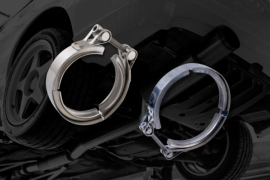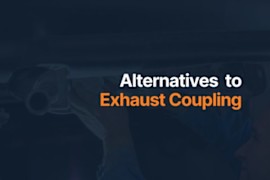{
"lazyNodes": false,
"abFitnotesFlag": false,
"abCrawlReviews": false,
"productOptionsCookie": false,
"orderDelayFlag": false,
"skipSessionCookie": false,
"covidMessage": false,
"fullTitleCookie": false,
"nrLoggerCookie": false,
"checkoutReviewCookie": false,
"productOptionSeqCookie": false,
"maintenanceFlag": false,
"bufferETACookie": false,
"multiShippingDiscountFlag": false,
"newFitmentFlag": false,
"surveyOptInFlag": false,
"crossSellFlag": false,
"skuMappingFlag": false,
"paySplitCookie": false,
"callDisableFlag": false,
"zipPaymentFlag": "u",
"hassleFreeReturn": false,
"lifetimeReplacement": false,
"cpn_off": false
}Need Help? Call Us1-866-529-0412
Select your vehicle
HJS / Leistritz Exhaust Clamps
Refine by:
Shop Catalog
Showing 1 - 1 of 1 results
Sort by:
Part Number: LST83226994
Vehicle Info Required to Guarantee Fit
$28.49
Product Details
Warranty : 24-month limited warrantyQuantity Sold : Sold individuallyProp 65 Warning :
![]() WARNING: This product can expose you to chemical which is known to the State of California to cause cancer and birth defects or other reproductive harm. For more information go to www.P65Warnings.ca.gov.
WARNING: This product can expose you to chemical which is known to the State of California to cause cancer and birth defects or other reproductive harm. For more information go to www.P65Warnings.ca.gov.
Page 1 of 1 | Showing 1 - 1 of 1 results
Related Brands
Helpful Automotive Resources
How To Install Different Types of Exhaust ClampsExhaust clamps are also great for car enthusiasts who enjoy DIY repairs. They can use it to hold pipes in place, making it easy to disassemble and work on the exhaust system without cutting up the pipe.
Installing Different Types of Exhaust Clamps
Exhaust Coupling Alternatives (No Welding Needed)The exhaust pipe serves as a gateway for exhaust fumes to pass through, eventually reaching the muffler before they’re expelled into the atmosphere. Regular wear, rust, and impact damage are the most common reasons why the exhaust pipe could break or develop leaks.


